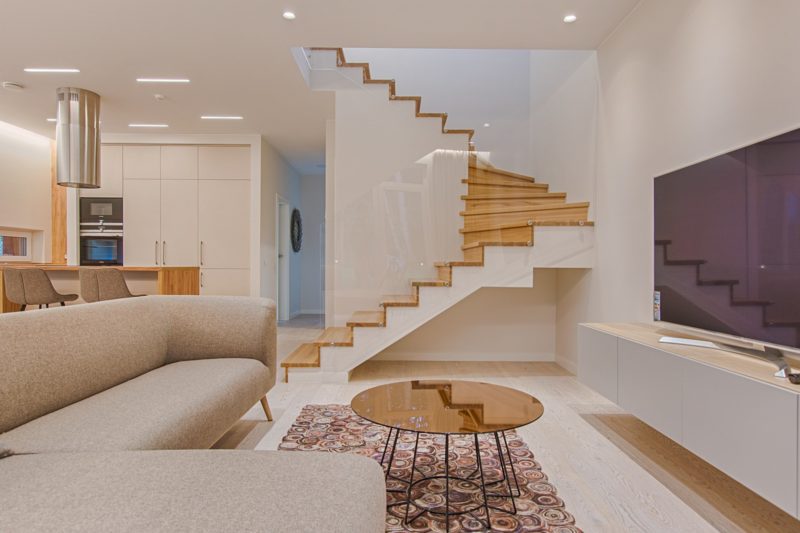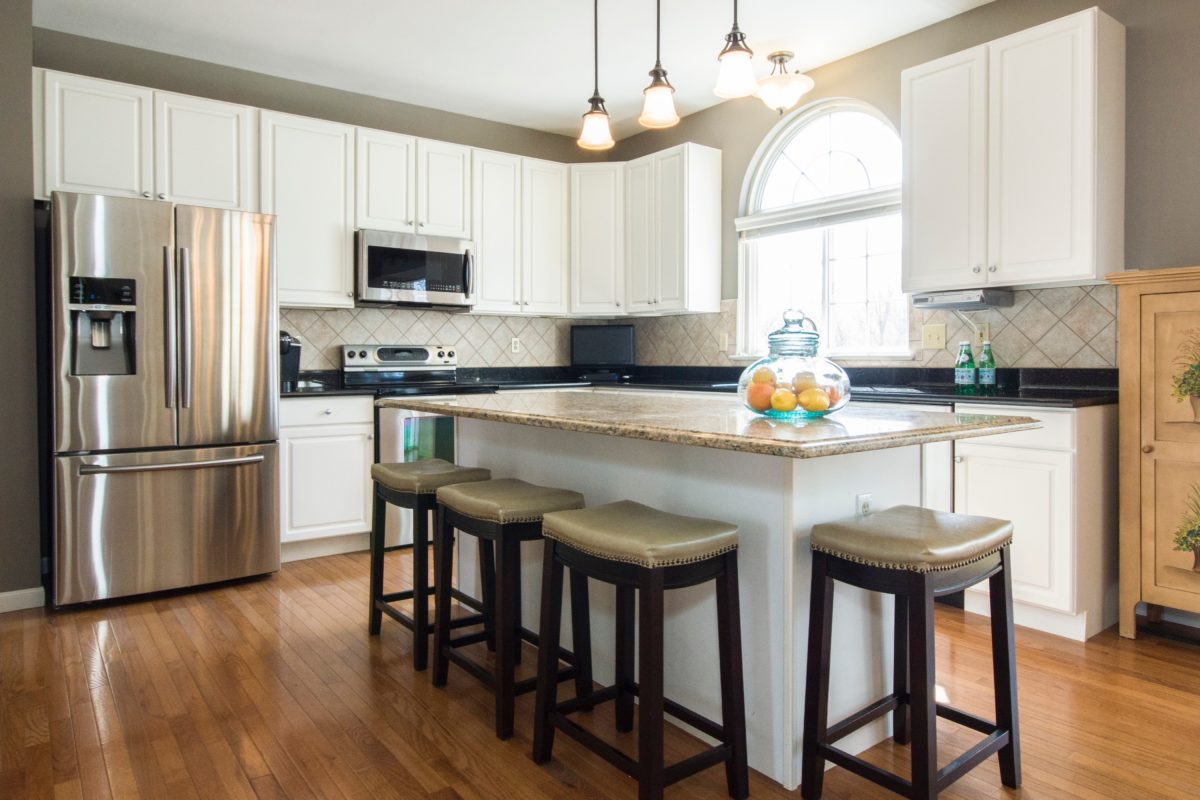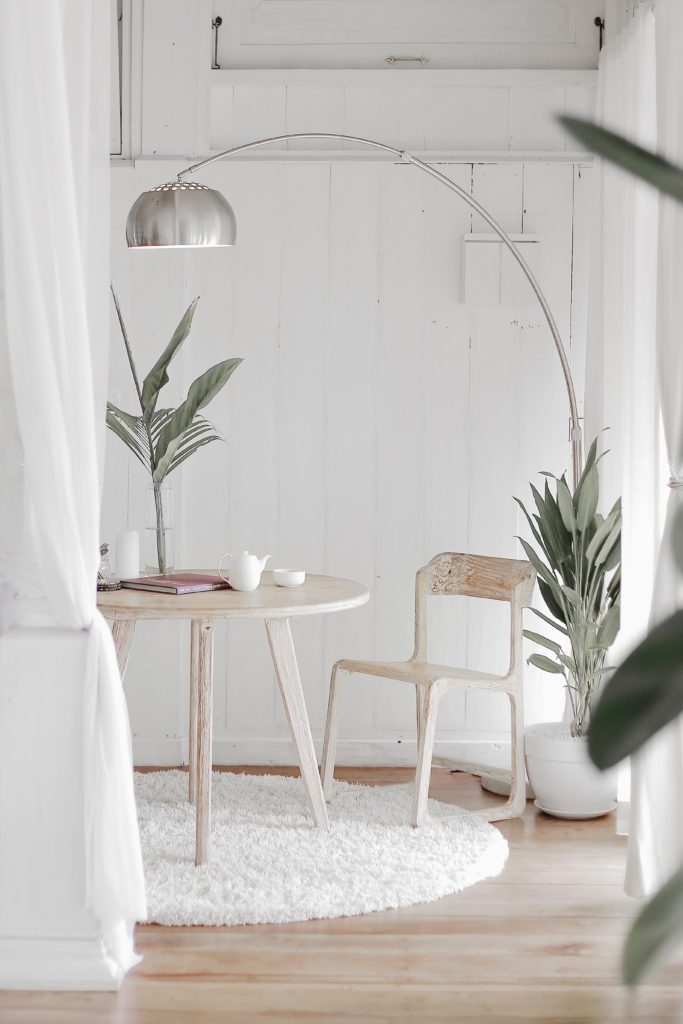
Some weeks ago a local gallery was closing its doors and I decided to visit its final sale of artworks. A very stylish woman, probably in her mid 50’s was loading her car with paintings and sculptures, lots of them. As she headed into the gallery to pay for her purchases we had a chat. Sarah is a designer and runs a home staging business. The paintings were part of her collection of “props” she uses to turn properties from ugly duckling to someone else’s dream house. There’s a whole industry around staging now. There’s the ” Light Stage” for around $500-$2000 or a full makeover and stage which can run into many thousands or more.

With our current obsession with property, renovation shows and interior design Staging makes a lot of sense. You want to sell your home for top price and attract the widest possible market. Where your home is personal, distinctive and carries your narrative, it now needs to be neutral and easy for buyers to see their own narrative in this space. That’s a big shift in how you see your home. It’s also a big transition from the old world of selling your home where “neat and tidy” was enough. Creating a neutral and inspiring space and preparing your home for sale calls for certain design principles and a ” staging” approach. Here’s what I’ve learned……
- Kerb Appeal – The drive-by first image of your house and garden- from letter box, paint colour, to garden aesthetic and an overall integrated theme to your house and garden. Garden clean-ups are the most basic. Think about what people can do in your garden. Is there a space for lunch with friends, a quiet reading space under a tree, a play space for kids. There’s a story here. Make it as broad as possible.
- Neutralise colours- you may love that red wall but others will look at it and see the work and cost involved in repainting it. Remember you are transitioning your home decoration for someone else to imprint their story.
- Declutter- create flow through the house and clear open spaces. Collections and personal items such as photos need to be stored. Strip out any furniture that is not essential.
- Smells-pet owners get used to the smell of pets but it can be off-putting for potential buyers. Air freshners can be overpowering and suggest something else needs to be covered up (Mould? Damp?) A bowl of lemons in the kitchen with one cut in half is a better option. Fresh flowers, but not too heady can create a nice smell (avoid jonquils, Asian lilies, hyacinth, lavender and any highly allergenic flowers)
- Kitchens and bathrooms in particular- spotless. White towels suggesting hotel style luxury, candles, hide all personal effects- shavers, makeup etc
- Lighting- It’s important that your home is light and evenly lit. Check that all bulbs have a similar lighting tone eg pearlised, consistent wattage. Strategically place extra table lamps to enhance darker corners
- Help people see the lifestyle they can have- set the table for a simple lunch- beautifully curated in neutral tones. Perhaps a coffee percolator and 2 clean mugs on a silver tray on the kitchen bench

People are different. Help people create their story when they inspect your home. Some people will focus on function so make sure you can tick off their checklist- no dripping taps! Others will focus on the basic aesthetic- the senses- sight, smell. sound, even the touch of thick soft towels in the bathroom or voluptuous white muslin curtains. Others will go a step further and visualisation is a powerful force. They want to see their furniture in your house. They want to visualise having that lunch or dinner party. They want to see their kids happily playing in that sandpit/ play area. Help them craft their story.
” Buyers only know what they see..not the way its going to be…” Barb. Schwartz
